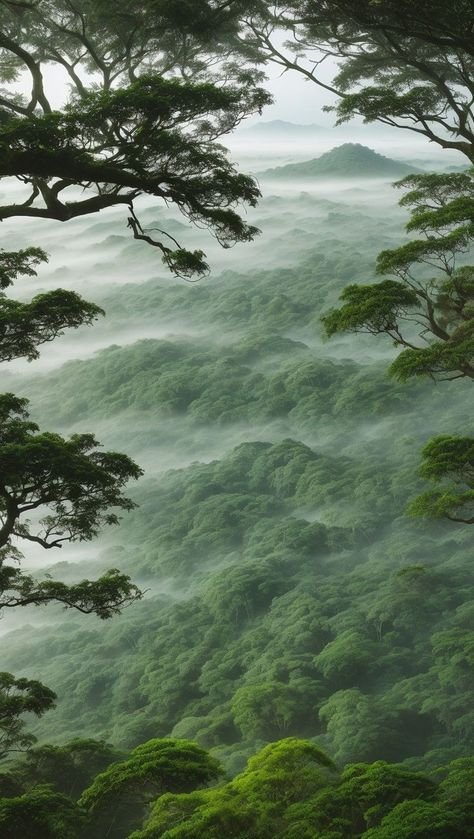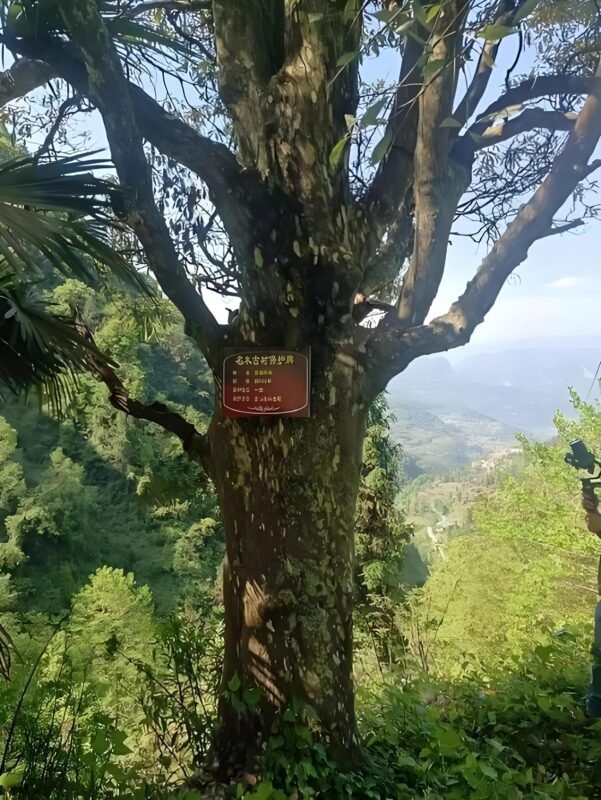Better Than Japanese Tea Garden San Antonio? Discover China’s Living Millennium Tea Gardens – The Ultimate Travel Ceiling

San Antonio Japanese Tea Garden
Tired of San Antonio’s Japanese Tea Garden? Uncover China’s hidden tea garden 秘境 – where 200-year royal tea estates meet wild forests. Compare history, experiences, and profits: Why global travelers choose China’s tea gardens over San Antonio’s “bonsai” paradise.


为什么中国茶园比日本茶园更出色?圣安东尼奥:一位拥有200年历史的茶园主人的视角
去年,我带朋友们去了圣安东尼奥的日本茶园。他们对人造瀑布赞叹不已,却鲜为人知:在中国西南腹地,隐藏着一个千年茶园——古老的茶树与雨林巨树共存,采茶人与艺人共舞,游客在探索的同时还能赚钱。作为拥有200多年皇家园艺传承的第四代茶园主人,让我直言不讳:
圣安东尼奥的花园是盆栽,中国的茶园是原始森林。
圣安东尼奥的花园是盆栽,中国的茶园是原始森林。
🔍 San Antonio vs China: The Unspoken Secrets of Oriental Tea Gardens
1. History: Authenticity vs Aesthetics
San Antonio’s “Japanese courtyard” relies on limestone and tropical palm trees, sparking 吐槽 (criticism) for its “mishmash” vibe.
China’s tea gardens? We use LIVING FOSSILS as backdrops:
- Fujian’s Wuyi Mountain: 360-year-old Da Hong Pao mother trees
- Yunnan’s Menghai wild tea forests
One snap = National Geographic-worthy.
2. Experience: Passive Observation vs Active Immersion
At San Antonio, you walk and take photos. In China, you:
✅ Handcraft “dancing tea” (Anxi Tieguanyin shaking ceremony)
✅ Sleep in tea-tree cave lodges, listening to guardians share white tea harvesting secrets
✅ Earn tea-picking points for masterclasses – press your own signature tea brick
3. Business Model: Ticket Sales vs Symbiosis
San Antonio profits from tickets and mass-produced tea bags.
China innovates TEA-TOURISM SYMBIOSIS:
🌱 Adopt a tea tree, earn annual spring harvest dividends (case: French adopter made $1M/year)
🎨 Tea garden art festivals attract global illustrators, boosting 周边民宿 (surrounding B&Bs)
🎯 China’s Hidden Gems: Why Expats Are Obsessed
1. Tea Mountain Murder Mystery: Decode the Millennium Tea Horse Road
In Yunnan’s Mengla Yiwu Garden, become a “caravan prince”:
🔍 Solve Morse code on tea bricks
🐎 Ride through rainforests to ancient tea trees
🏆 Reward: Equity experience 券 (certificate) from century-old tea house “Tongqinghao”
2. Tea Tree Adoption Plan: Earn While You Relax
Sichuan’s Mengding Mountain offers “1 ancient tea tree = 12% annual return”:
🌿 Scan to adopt, track growth data remotely
🎁 Get Mingqian tea shoots + carbon credit dividends
UK adopter earned $5M/year via garden tours.
📊 Data Talk: Why Global Travelers Choose China
Aspect | Japanese Tea Garden San Antonio | China’s Top Tea Gardens |
Average Stay | 1.5 hours (pure sightseeing) | 4.8 hours (immersive experiences) |
Secondary Spend Rate | 23% (tea bags only) | 68% (classes/lodging/agricultural goods) |
Youth Demographic | 31% (family tourists) | 79% (Gen Z-dominated) |
Industry Integration | None | Tea-tourism/culture/wellness ecosystems |
🌿 A Tea Farmer’s Advice: Avoid These Traps
Don’t chase “Japanese zen” – China’s WILD CHARM is the soul:
- Yunnan’s moss-covered tea trees
- Fujian’s century-old banyan air roots
More 震撼 (stunning) than any man-made waterfall.
Why San Antonio Can’t Offer This:
In San Antonio, you’re a bystander. In China’s tea gardens:
- You touch a millennium-old tea king tree and say, “My co-brand sells its leaves.”
- You point to EU supermarket shelves and smile, “I picked the leaves for that bestseller.”
This isn’t travel – it’s a LIFE REBOOT.
Conclusion:
While Japanese Tea Garden San Antonio offers fleeting aesthetics, China’s tea gardens deliver history, participation, and profit. Ready to trade “tourist mode” for a legacy? Start with our tea tree adoption program or mountain mystery tours – where every sip tastes like adventure.
Searching for “San Antonio Japanese Tea Garden alternatives”? You just found the future of tea tourism.


